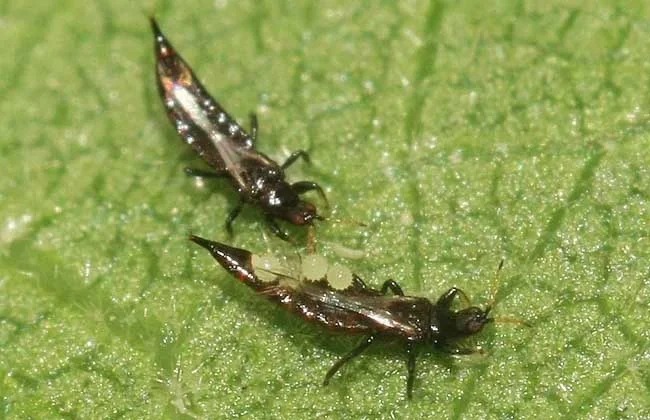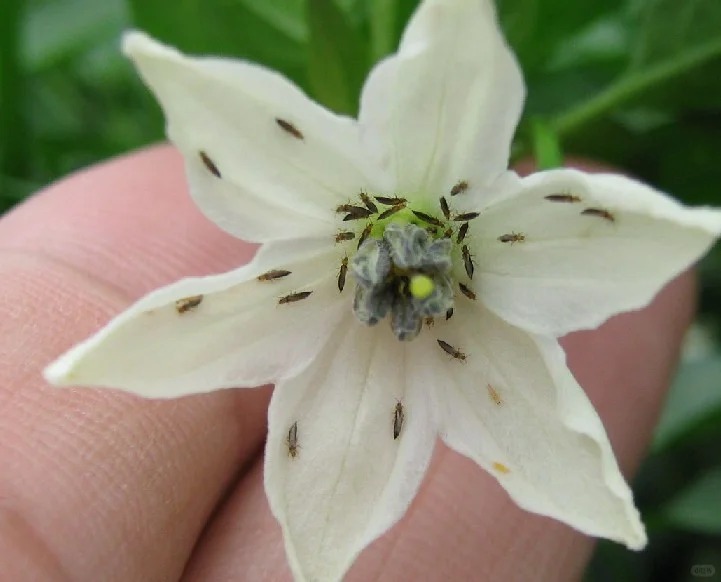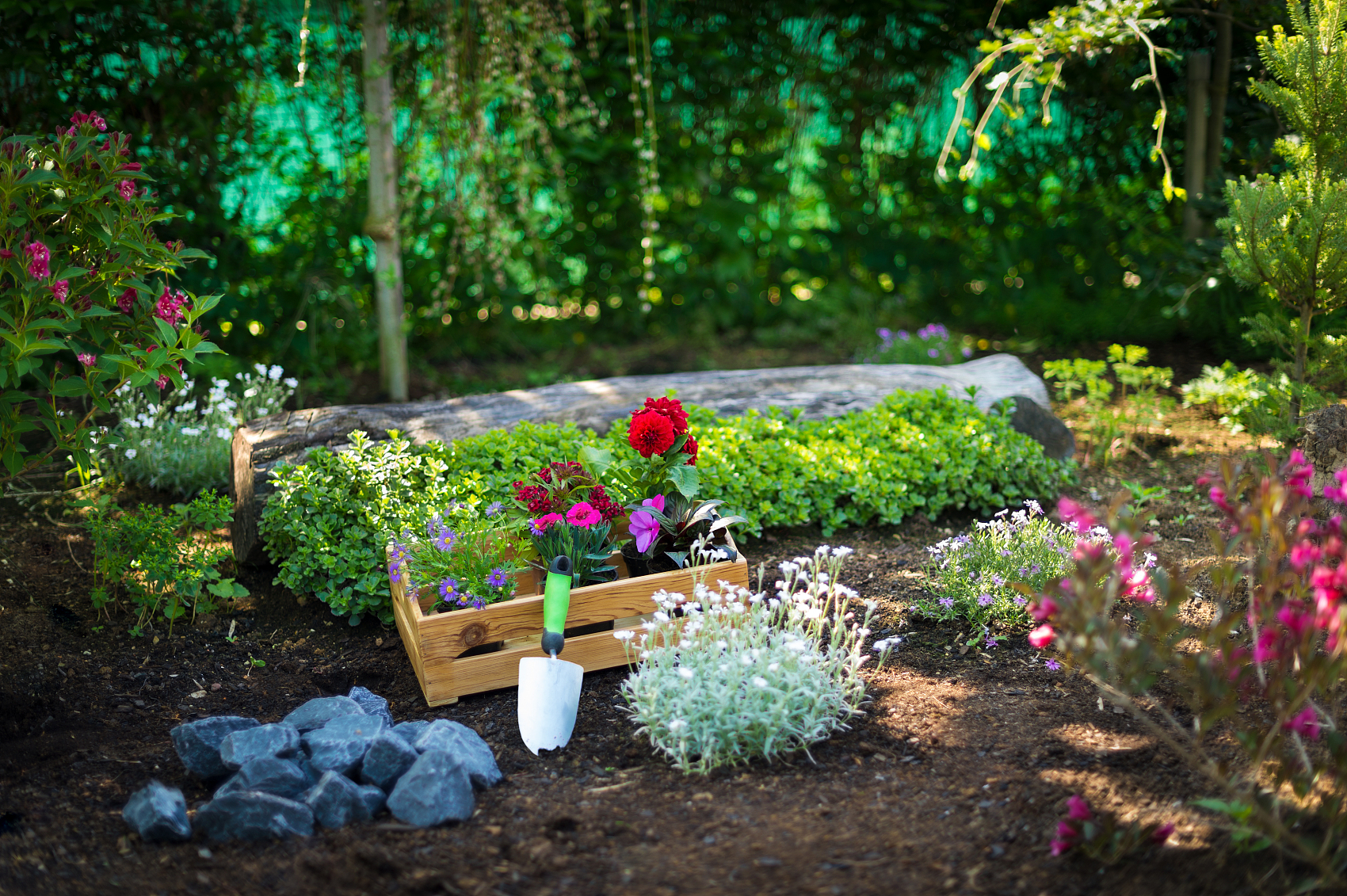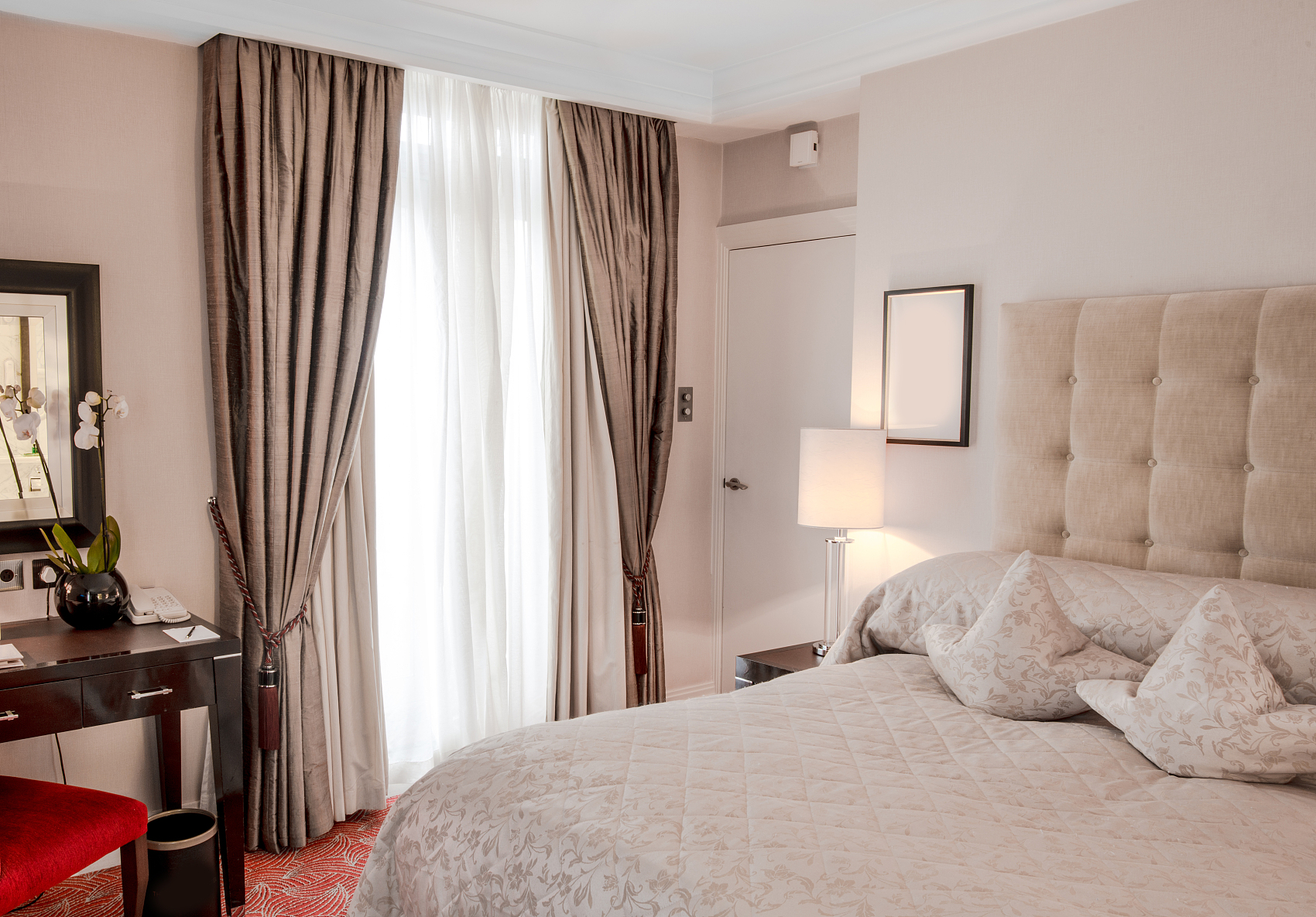Thrips are tiny, sap-sucking insects that can cause big problems for your garden and houseplants. They’re easy to overlook because they’re small and the damage they cause looks similar to other pests like aphids or spider mites. Here’s a guide to help you spot and manage thrips before they cause serious harm.
What Are Thrips?
Also called “thunder flies,” thrips are tiny insects in the Thysanoptera order. While some thrips are helpful, pollinating plants or feeding on other pests, others, like rose thrips and onion thrips, can damage your plants. They weaken plants, spread diseases, and can even affect entire crops.
What Do Thrips Look Like?
Thrips are usually less than 1/16 inch long and have small, fringed wings. They come in various shades of brown, black, and white. Though they aren’t strong fliers, they can easily be carried by the wind and often hide on the undersides of leaves. They overwinter in the soil, so infestations can reoccur if not managed.

Signs of Thrips Damage
Thrips can affect a wide range of plants, including vegetables (like tomatoes and beans) and ornamental flowers (like carnations and pansies). The damage they cause is often mistaken for nutrient deficiencies or aphid issues. Here’s what to look for:
- Yellow or brown streaks on leaves
- A silvery or bleached appearance on leaves
- Misshapen flowers, fruits, or leaves
- Stunted plant growth
- Black specks (frass) on leaves
- Sticky honeydew residue, often with sooty mold on top
- Plant diseases, like wilt, caused by thrips feeding
Preventing Thrips
It’s easier to stop thrips before they infest your plants than it is to get rid of them once they’ve spread. Here are some simple steps to keep them at bay:
- Inspect New Plants: Always check new plants, flowers, and produce for pests before bringing them indoors or into your garden. Quarantine new plants for a week and treat them with an organic insecticidal soap.
- Keep Plants Healthy: Thrips love weak, stressed plants. Make sure your plants get enough light, water, and fertilizer (but don’t over-fertilize, as this encourages tender growth that attracts pests).
- Control Weeds: Weeds can serve as hosts for thrips. Keep weeds in check to eliminate potential breeding grounds.
- Clean Your Garden: Dispose of infected plant material right away to prevent thrips from spreading. Avoid composting infested plants, as thrips can survive the process.
- Companion Planting: Certain plants, like basil and marigolds, repel thrips. Planting these alongside susceptible crops can help protect them.
- Use Row Covers: Fine mesh row covers can prevent thrips from laying eggs on your plants. These covers can be removed later to allow pollinators access.
- Prune Carefully: Prune plants during times when thrips are less active (usually in winter) to reduce the risk of attracting pests.
- Choose Resistant Plants: Some plants are naturally less appealing to thrips. For example, darker roses with tight buds are less likely to attract thrips than pale, fragrant varieties.
- Use Reflective Mulch: Lay down reflective mulch (or aluminum foil) to confuse and deter thrips from targeting your plants.
- Install Sticky Traps: Blue sticky traps can help you spot thrips early. While effective as a preventative measure, avoid using them outdoors, as they can catch beneficial insects too.

Dealing with Thrips
If thrips have already infiltrated your plants, don’t reach for harsh pesticides. Many chemicals can harm pollinators and disrupt the natural predators that help control thrips. Instead, try these methods:
- Wash Affected Plants: Rinse plants thoroughly with water, making sure to spray both the tops and bottoms of leaves and the stems.
- Remove Infected Leaves: Prune away heavily infested leaves and discard them.
- Release Predators: Lacewings and ladybugs are natural predators of thrips. Release them in your garden or greenhouse to help control the population.
- Apply Organic Treatments: Use neem oil or insecticidal soap to treat the plants. These should be applied in the evening to avoid sunscald and reapplied every 7-10 days until the thrips are under control.
With these tips, you can keep thrips in check and protect your plants from damage. The key is early detection and prevention, so stay vigilant and enjoy a healthy, thriving garden!












